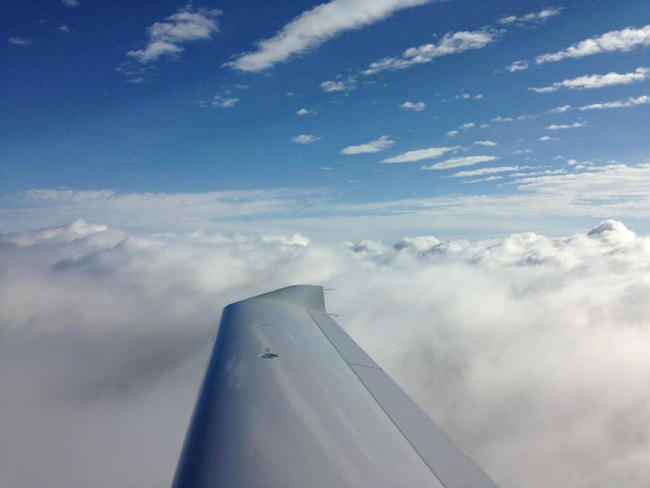Instrument Rating

The Purpose:
An instrument rating allows you to fly without reference to the surface, and therefore you are flying by the instruments within the aircraft. With this rating you have the ability to fly any time, and any place without having the concern of obstructions like clouds or fog. This rating is one of the most difficult to obtain, however it greatly expands the utility of the aircraft for your personal use.
Requirements:
The requirements for an instrument rating include 50 hours cross-country as pilot in command as a prerequisite, however some of these hours can be obtained in your training for the rating. You also must complete 40 hours of total instrument time, and a minimum of 15 hours of dual, or instructor, time.
Instrument Approach:
There are four common appraoch types that allow you to complete careful navigation procedures in the clouds. GPS approaches use the precision of Global Positioning System navigation to guide the pilot to the final approach course. Most newer airplanes are equipped with GPS units. The ILS or "precision approach" is the most common approach in use today. A subset of the ILS is the localizer approach, which provides the pilot with precise horizontal guidance, but does not include the vertical guidance of the glide slope.VOR approaches involve flying a specific VOR radial to the airport. While less precise than GPS, these approaches are still widely used. ADF approaches use non-directional beacons and careful attention to heading to locate the airport. While little used today, the ADF approach skill may prove useful in certain areas.
More Questions?
Give us a call! We are more than happy to answer any questions you may have to the best of our abilities.

